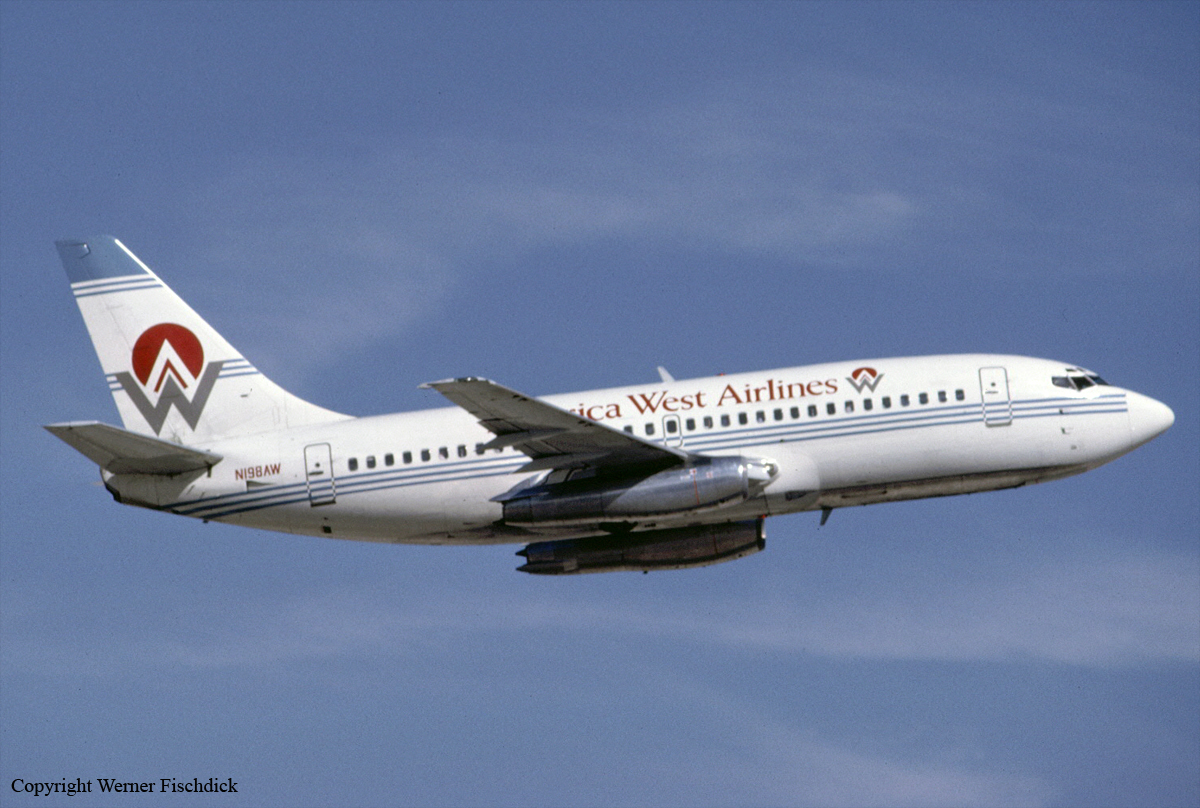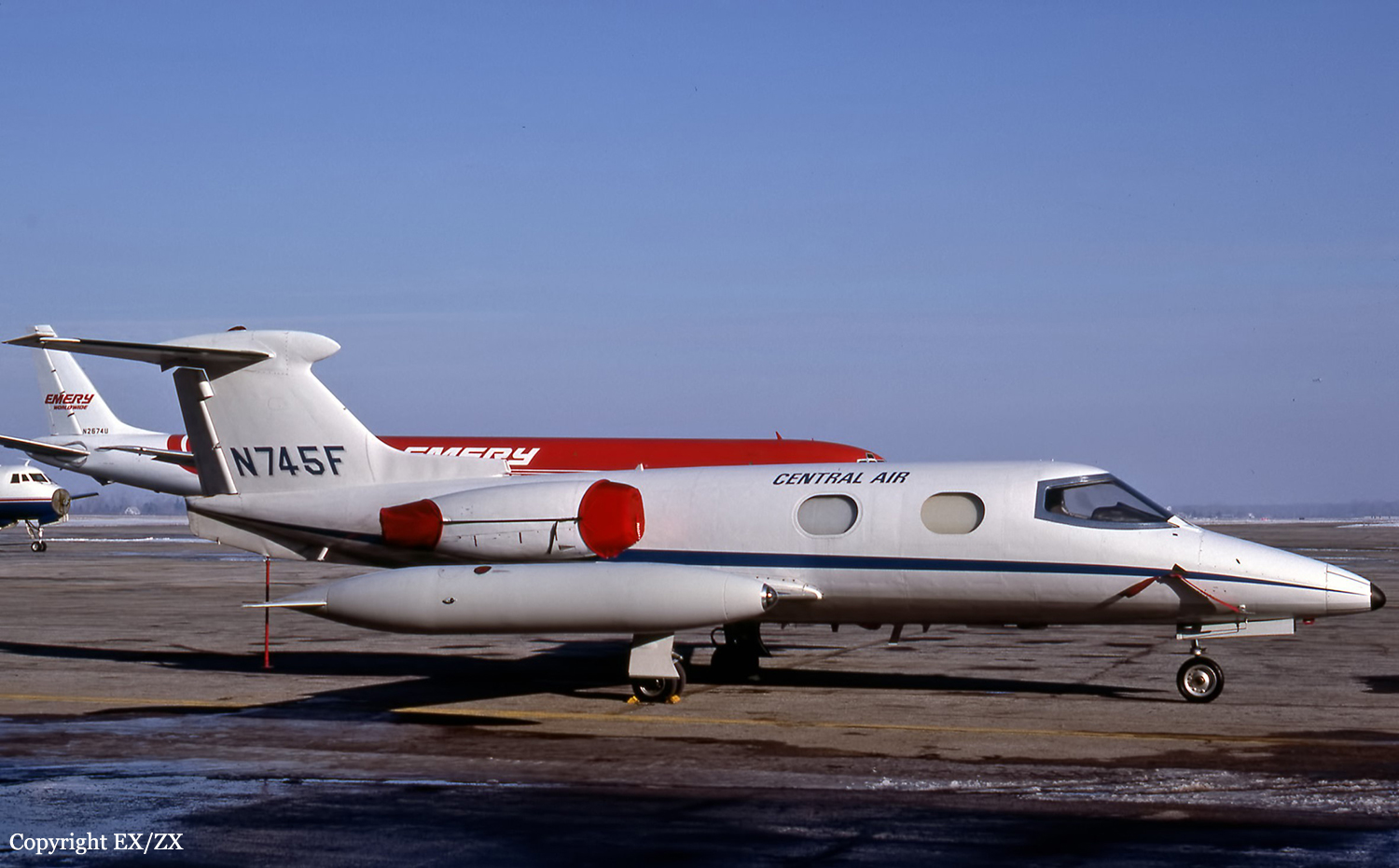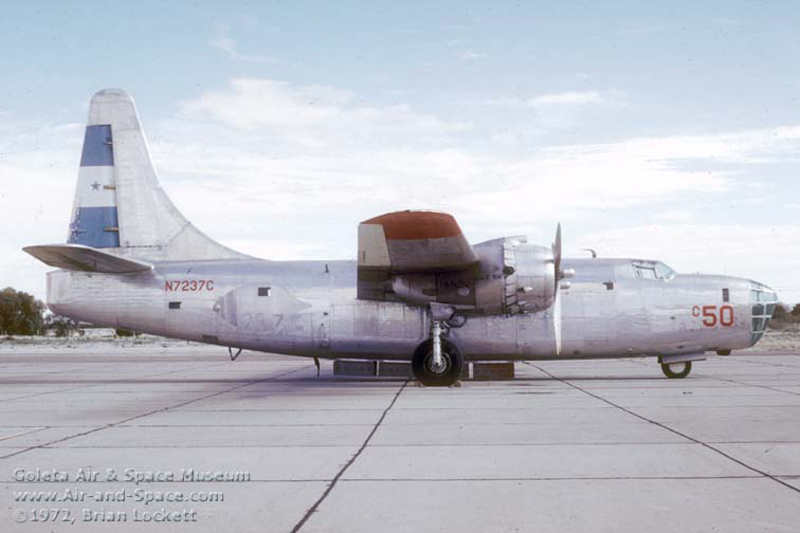Crash of a Cessna 421C Golden Eagle III near Cortez: 5 killed
Date & Time:
Mar 29, 1991 at 1125 LT
Registration:
N3851C
Survivors:
No
Schedule:
Tucson - Cortez
MSN:
421C-0119
YOM:
1976
Crew on board:
1
Crew fatalities:
Pax on board:
4
Pax fatalities:
Other fatalities:
Total fatalities:
5
Captain / Total hours on type:
40.00
Circumstances:
The flight departed without a flight plan or weather brief. En route deteriorating weather was encountered and an IFR flight plan was filed to a revised destination. Clearance was received for a VOR approach and the pilot was advised of 1/2 mile visibility in snow and fog. A missed approach was reported over the unicom frequency. Impact occurred with a heading of about 170° at 7,700 feet msl in mountainous terrain on the 173° radial, 7.3 miles from the VOR. The inbound course to the final approach fix was 170° with an inbound final approach course of 196°. Airport elevation was 5,914 feet msl. The airport was located on the 196° radial, 5.5 miles from the VOR final approach fix. The VOR approach to runway 21 called for a missed approach to be executed at 5.5 DME from the VOR and a minimum descent altitude of 6,600 feet. All five occupants were killed.
Probable cause:
The pilot's improper IFR procedures. Factors were: the existing weather conditions and the pilot's failure to obtain a preflight briefing.
Final Report:






